If GNOME hadn’t irked many users when it redesigned its approach to the desktop with GNOME 3, there would be fewer popular desktop environments for Linux.
I recently took my first look at GNOME 3. I’d played around with GNOME 2 a couple of times back in 2002 and 2003, not caring for it very much. This was in small part due to the fact that on Mandrake 9.X, GNOME was unstable and prone to crashing, but mainly because I found it wasn’t configurable enough for my taste. I stuck with KDE, which even back in the dark ages of the early 21st century was uber configurable.
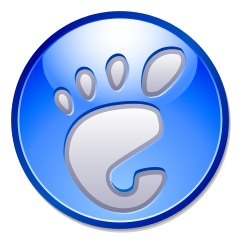 When the brouhaha exploded after the release of GNOME 3, I wasn’t much interested in having a look for myself. However, a few weeks back I finally got some hands-on experience when I wrote a review of Antergos, which I installed with GNOME, not so much because I wanted to give the DE a look but because it’s the distro’s default.
When the brouhaha exploded after the release of GNOME 3, I wasn’t much interested in having a look for myself. However, a few weeks back I finally got some hands-on experience when I wrote a review of Antergos, which I installed with GNOME, not so much because I wanted to give the DE a look but because it’s the distro’s default.
Christine Hall has been a journalist since 1971. In 2001, she began writing a weekly consumer computer column and started covering Linux and FOSS in 2002 after making the switch to GNU/Linux. Follow her on Twitter: @BrideOfLinux




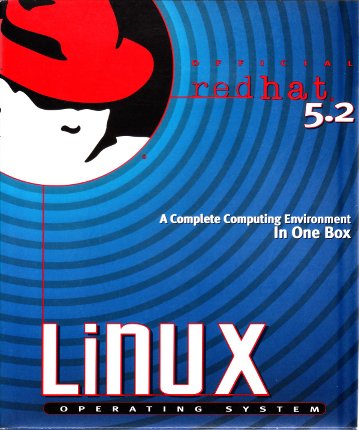
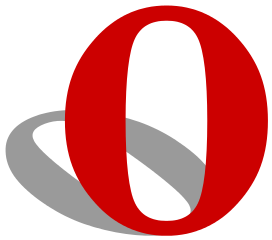
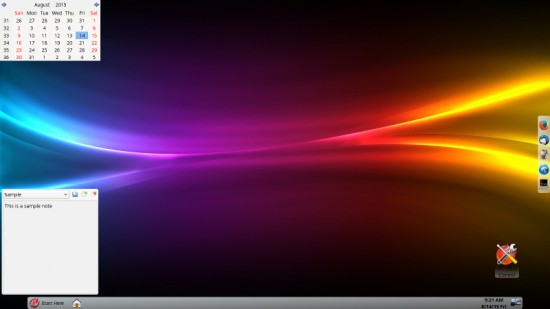

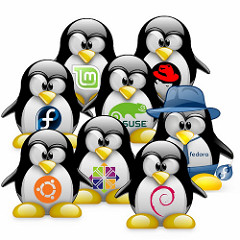
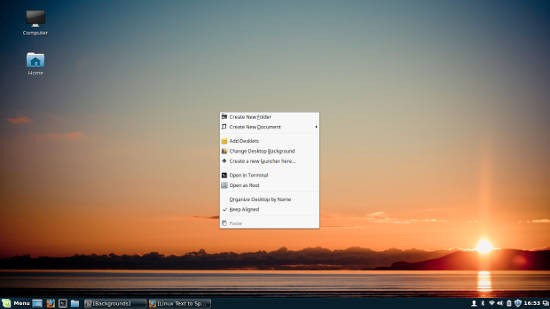
 The Linux desktop environment. Environments such as Unity, KDE, Mate, Cinnamon, etc.
The Linux desktop environment. Environments such as Unity, KDE, Mate, Cinnamon, etc.